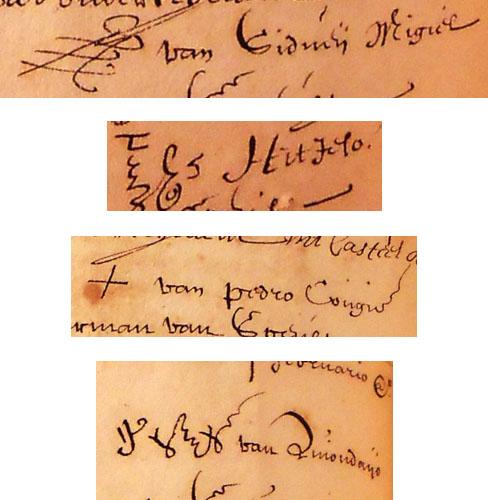Japanese Mercenaries in Early Modern Southeast Asia
Annotation
The Amboyna trial was a famous conspiracy case that took place in 1623 when a group of Japanese mercenaries were accused of plotting with English merchants to seize control of a Dutch fort on a remote island in Southeast Asia. Despite occurring thousands of miles away in an unfamiliar part of the world, the trial on Amboyna swiftly escalated to become one of the most famous legal cases of the age and the subject of a long-running dispute between the Dutch and the English governments.
The case is notable for its political consequences but also because it is an example of a rapidly globalizing seventeenth century world. In particular, the involvement of Japanese mercenaries highlights the nature of Japanese expansion into Southeast Asia in the seventeenth century.
In the early seventeenth century, Japanese fighters found employment across Southeast Asia in places like Cambodia and Siam. The Dutch East India Company was the first employer to set up a systematic program to recruit hundreds of these soldiers directly in Japan with the open permission of the Tokugawa shogun. Beginning in 1613, the Company set out to recruit hundreds of mercenaries from Japan to wage war on its behalf across Southeast Asia. Over the next decade until 1623, the Company would recruit hundreds of mercenaries from its base in Hirado in western Japan. In addition to service in garrisons, Japanese mercenaries featured in most major VOC campaigns in Southeast Asia between 1613 and 1623.
A total of 11 mercenaries signed the judicial documents at Amboyna although some were clearly not literate and marked the document with a cross. The names of the 11 are as follows:
- Hytieso, age 24, born in Hirado (七蔵)
- Sidney Migiell, age 23, born in Nagasaki
- Peter Congi, age 31, born in Nagasaki
- Soysimo, age 26, born in Hirado
- Thome Corea, age 50, born in Nagasaki
- Tsiosa, age 32, born Hirado (長左)
- Quiendayo, age 32, born in Karatsu (久太夫)
- Sinsa, age 32, born in Hirado (神三)
- Tsauinda, age 32, born in Chikugo (左兵太)
- Zanchoo, age 22, born in Hizen (三忠)
- Sacoube, age 40, born in Hirado (作兵衛)
We don't have the original signatures but rather a copy made by a Dutch scribe in the immediate aftermath of the incident. Although decipherable, it is clear that the Dutch scribe struggled to reproduce the complex Chinese characters for 七蔵 (Shichizo) and other recruits. The scribe was clearly far more comfortable with Sidney Migiell’s signature, a sweeping, self-confident, Europeanized scrawl that looks similar to the extravagant signatures used by VOC officials. These signatures are interesting because they show the very different backgrounds of some of these soldiers. For example, Sidney Migiell was likely a Christian convert while Thomas Corea, although listed as Japanese, was probably a Korean captive brought to Japan in the aftermath of Hideyoshi's invasion.
Translation
Here are four representative signatures:
- Sidney Migiell, age 23, born in Nagasaki
- Hytieso, age 24, born in Hirado (七蔵)
- Peter Congi, age 31, born in Nagasaki
- Quiendayo, age 32, born in Karatsu (久太夫)
Credits
Copie autentycq van de confessien ende sententien van Mr. Tourson end complicen voor de moordadige conspiratie op ‘t casteel Amboyna, De archieven van de Verenigde Oostindische Compagnie, Nationaal Archief, Den Haag, VOC 1080.
